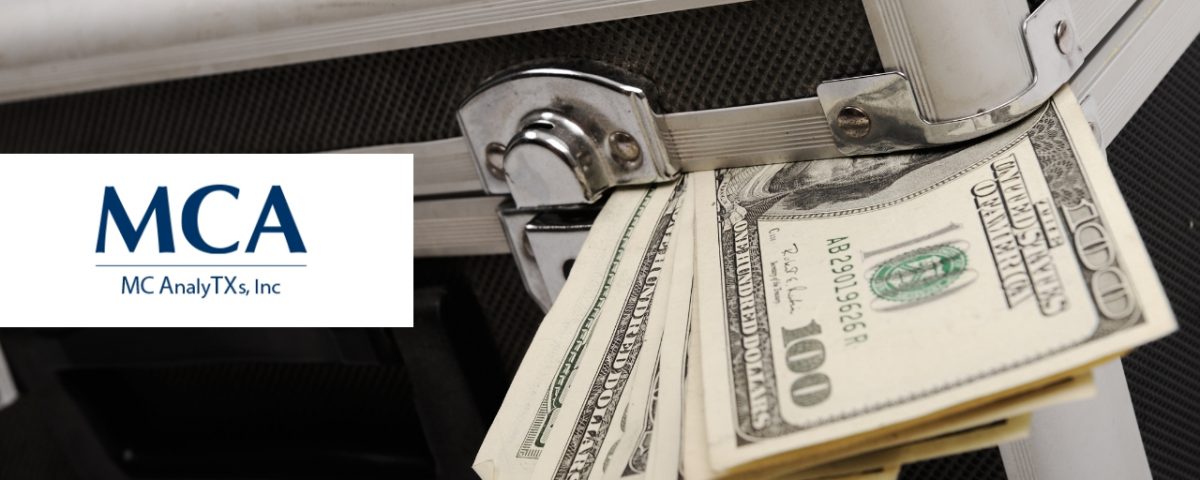
The Insurance Coverage Gap and How to Address it
November 6, 2018
Revenue Integrity: The top most priority of hospitals and its implementation
November 29, 2018CMS has been constantly striving to implement value-based reimbursement programs since 2015.
Recently, CMS released the final rules for the Quality Payment Program where the numbers of changes were outlined. If you are interested in participating in the MIPS program, then you also should know what to expect from the MIPS 2019 performance period.
Let’s have a brief look on ramped up requirements and new QPP rules.
Empowering More Clinicians to Participate
The new rule states that approx. 798,000 clinicians would be permitted to take part in the program. This depicts a surge of almost 148,000 compared to the estimate provided in the proposed plan. This means more clinicians will be evaluated on value-based performance.
The Following clinician types are allowed to engage in the program:
- Physical therapists
- Speech-language pathologists
- Occupational therapists
- Audiologists
- Clinical psychologists
- Registered dietitians
Secondly, those clinicians would also be allowed to join those that were previously ruled out due to their low volume threshold.
Expanded Low-Volume Threshold
According to a new rule, those clinicians or groups would not qualify to MIPS if their billing equals to or less than $90,000 in Part B Medicare and or allowed fee-for-service enrollees and granted care to 200 or fewer Part B-enrolled recipients. Also, there would be an additional category of low-volume thresholds in 2019. The newest criterion says that clinicians who offer 200 or less covered professional services covered under the Physician Fee Schedule (PFS) would qualify to be excluded from MIPS.
Moreover, some clinicians will also have the chance to opt-in to MIPS, if they are found to exceed one or two criterions of a low-volume threshold.
Higher MIPS Performance Thresholds
In order to provide ease to eligible clinicians, CMS has expanded MIPS performance threshold for year 3. Eventually, this would help physicians to well adapt to this latest value-based payment model. Compared to 2018 performance period, there is a significant increase in performance threshold. Rather than 15 points, clinicians will be needed to score at least 30 points. Additionally, CMS made some changes for top MIPS participants. Those looking for exceptional performance would need to earn 75 MIPS points (increased from 70 points in 2018).
Modifications in performance categories
In 2019, cost and quality categories will be accessed differently. The cost performance category will weigh at 15 points, compared to 10 points of 2018 program.
Additionally, CMS accompanies 8 new measures to cost performance category and features the program with facility-based scoring for certain MIPS-eligible clinicians. Those approved clinicians who are paid under PFS, and serve 75% or more of their services in the emergency department or inpatient services would use facility-based scoring, as per new QPP program.
Advanced APM Changes
About 165,000 to 220,000 clinicians are expected to become qualified APM participants in 2019 program. In order to qualify for the 5% payment adjustment in the 2021 payment year, make sure you take part in an approved Advanced APM.
Even CMS also approves non-Medicare payers to contribute in QPP. Their multi-year determination process for advanced APM offers clinicians the chance to submit information for as long their contract allows or up to five years. In 2019, CMS will authorize for the QP determinations to be requested at the tax ID number (TIN) level. CMS also permits all types of payers to engage in the 2019 Payer Initiative. Other Payer Advanced APM determinations are processed for the 2020 program.
Updates to the Quality Payment Program pathway in 2019
Advanced APMs require 75% of eligible clinicians to use Certified Electronic Health Record Technology (CEHRT) to connect with patients. CMS also proposes to extend the 8% revenue-based standard amount for performance periods through 2024. Advanced APM requires having at least one of the MIPS comparable quality measures where eligible clinicians can submit their payment information to CMS.
Conclusion
The latest quality payment program 2019 encourages lessening the burden, offering better care for patients, and allows clinicians the flexibility to choose and report the measures that are valuable to them and their patients.
Do you want to increase your bottom line? Learn how our software is saving other organizations $$MILLIONS!
If you are interested in a free demo of our AllPayor® Software, please go HERE or you can register for a FREE webinar HERE





